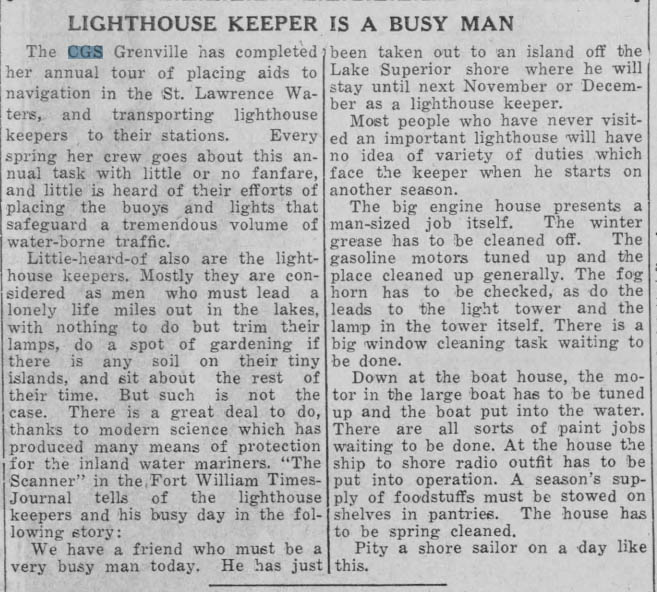In the days when oil lamps and clockwork mechanisms were used, a lighthouse keeper or lightkeeper was responsible for tending to and caring for a lighthouse, especially the light and lens. Because of their work of trimming the wicks, lighthouse keepers were often referred to as “wickies.”
William, a member of the now-famous Knott family, was assigned to the South Foreland Lighthouse near Dover, England, in 1730, and is the earliest record of a named person in a formal capacity as a lighthouse keeper.
For their associated air of adventure, mystery, solitude, and rugged lifestyle, the lighthouse keeper has been prominent throughout history. The heroic role that lighthouse keepers may often play in the event of shipwrecks adds to their appeal.
Lighthouse keepers were once required to trim wicks, replenish petrol, wind clockworks, and conduct routine maintenance such as cleaning lenses and windows. They were also in charge of the fog signal, the weather station, and search and rescue operations at sea. Since most lighthouses are located in small, isolated, or inaccessible areas on islands and coastlines, the job of lighthouse keeper was traditionally passed down through the family, from father to son, all of whom lived in or near the lighthouse.
Electrification and other technical advances such as remote control and automated bulb changing started to emerge in the 1960s, and by the late 20th century, paying resident keepers at the lights had become obsolete in some areas while their roles had simply changed. Building repairs, repair work on broken and blind buoys, spatial realignment of wayward navigational aids off the coast, and technical maintenance on automated systems are all tasks performed by lighthouse keepers today. The training of lighthouse keepers now is usually the responsibility of the Navy or the Coast Guard in most countries.
As of October 2017, Fisheries and Oceans Canada announced that Canada had 51 staffed lighthouses: one in New Brunswick, 23 in Newfoundland and Labrador, and 27 in British Columbia. Except for the light on Machias Seal Island in New Brunswick, all of these lighthouses are manned for operational purposes.
The Canadian Coast Guard keeps the Machias Seal Island lighthouse staffed for sovereignty reasons due to the island’s contested status with the United States.








